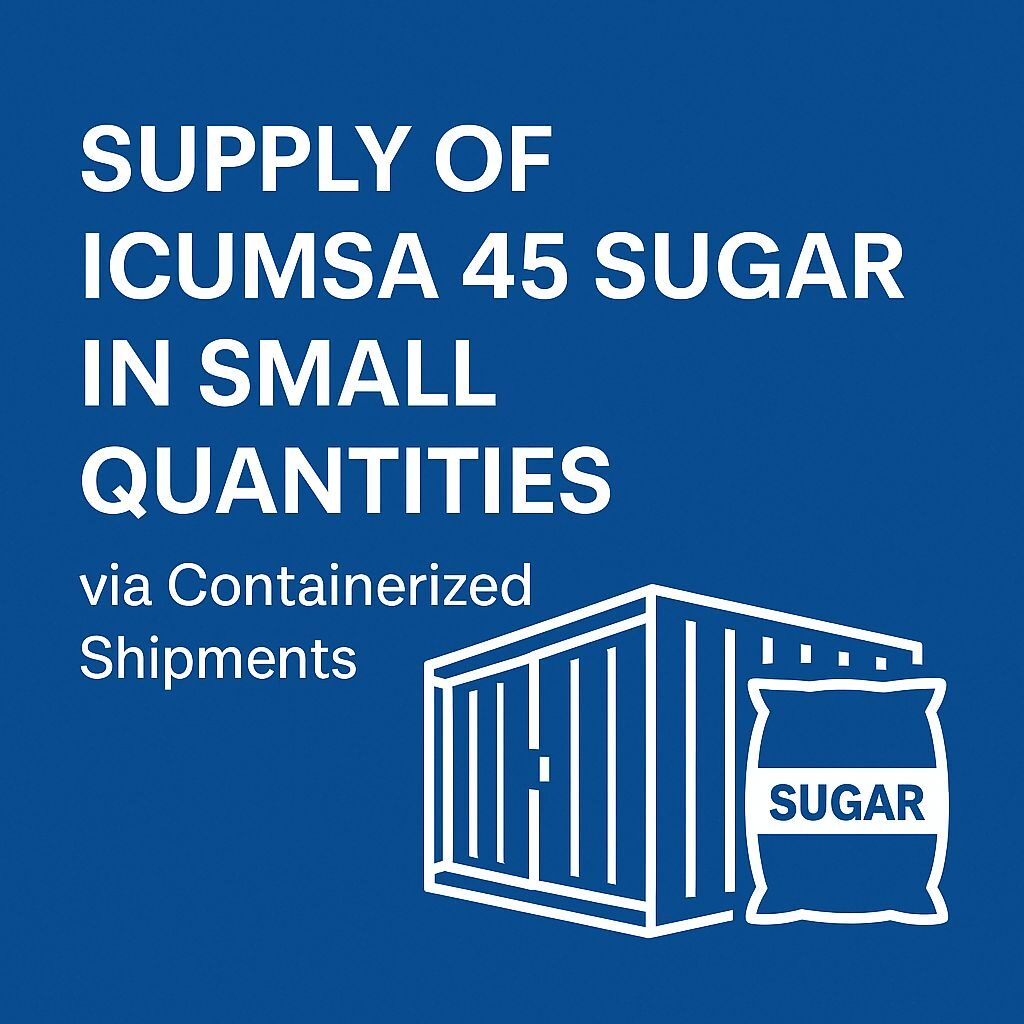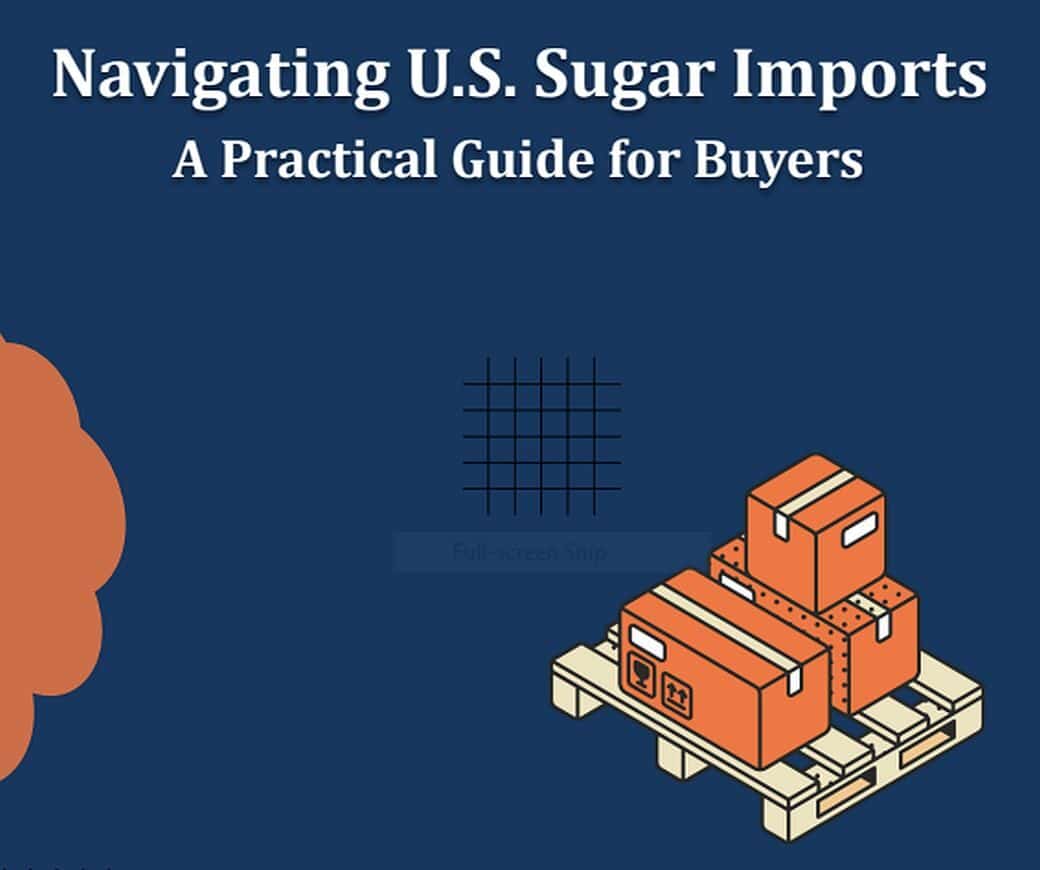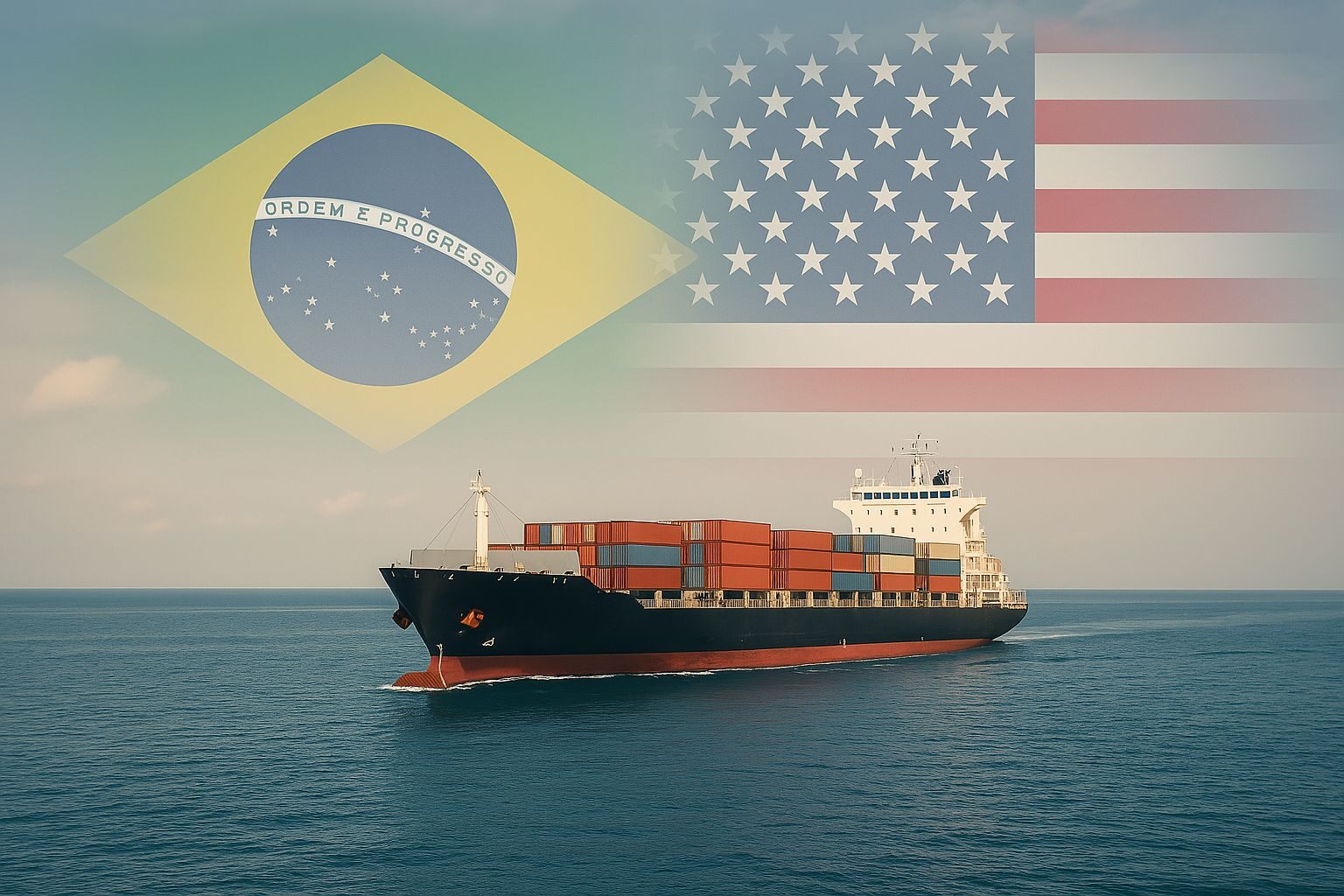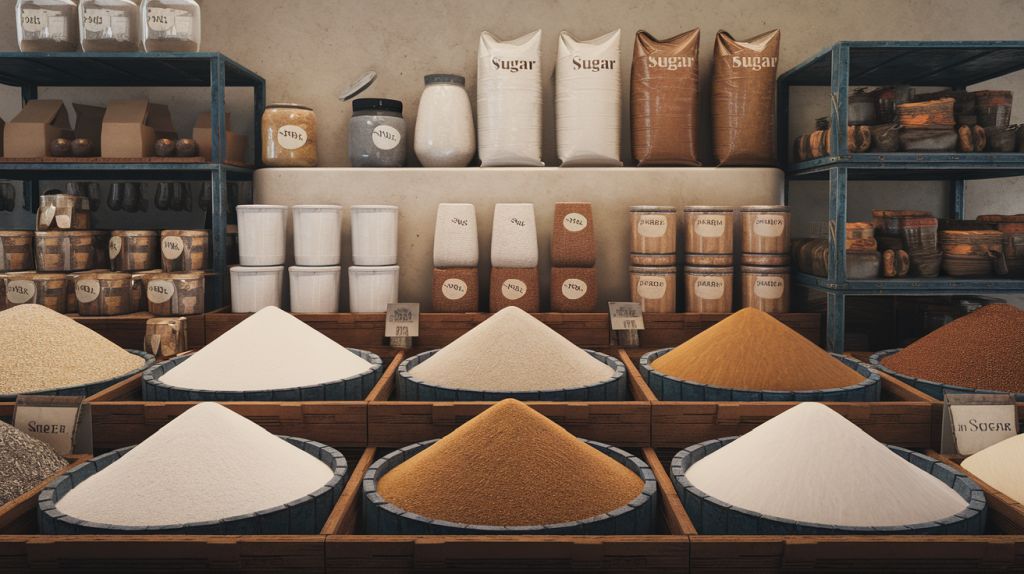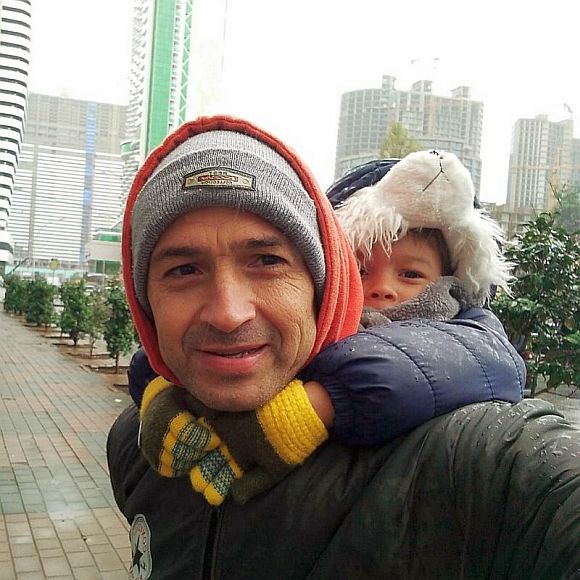Sugar Production: From Sugarcane to Sugar
At the heart of the global food industry lies a meticulously engineered process that transforms raw sugarcane into the pure, crystalline sweetener we all know and love. From the lush agricultural fields to the state-of-the-art manufacturing facilities, the journey of sugar production is a fascinating blend of science, technology, and human expertise.
Cultivation and Harvesting
The process begins with the careful cultivation and harvesting of sugarcane. Agricultural experts, equipped with advanced tools and deep knowledge of plant biology, monitor the crop’s maturation. They use data-driven techniques to coordinate the optimal times for the cane to be cut and transported to the processing plant. This ensures the raw material is at its peak quality, setting the stage for the transformative steps that follow.
Extraction and Clarification
Upon arrival at the processing plant, the freshly harvested cane undergoes a series of steps to extract the precious sugar. First, it is meticulously washed to remove any dirt or foreign particles. The clean cane is then shredded and crushed in large mills to extract the sugary juice, leaving behind the fibrous bagasse. This juice undergoes a clarification process, where impurities are removed through a combination of heating and the addition of clarifying agents. This step is crucial as it ensures the end product meets the highest purity standards.
Concentration and Crystallization
The clarified juice is then concentrated through evaporation, transforming it into a thick, syrupy liquid known as syrup. This syrup is sent to the vacuum pans, where it undergoes a carefully controlled crystallization process. As the water is slowly removed under vacuum conditions, the sugar molecules begin to form into distinct crystals. This delicate dance requires precise temperature, pressure, and time management, overseen by skilled operators who ensure that the resulting sugar meets the exacting specifications for size, purity, and quality.
Separation and Drying
Once the sugar crystals have reached the desired state, they are separated from the remaining molasses through high-speed centrifugation. This leaves behind the sparkling white sugar that we are familiar with. But the journey doesn’t end there. The sugar is then dried, cooled, and stored in silos before being packaged and distributed to customers around the world.
Quality Control
Throughout this entire process, stringent quality control measures are implemented. Multiple checkpoints are set up to ensure consistent product attributes and food safety. Samples are regularly taken and tested in laboratories to confirm that the sugar meets all necessary standards and regulations.
Sustainability and Community Support
Beyond the technical excellence, the modern sugar production process also reflects a growing commitment to sustainable and responsible practices. Many facilities have invested in renewable energy solutions, such as using the fibrous bagasse to power their operations. This not only reduces their carbon footprint but also contributes to the circular economy.
Additionally, these sugar producers often work closely with local farming communities. They provide training, resources, and equitable procurement practices to support the livelihoods of the hardworking individuals who grow the sugarcane. This holistic approach to sustainability ensures that the benefits of the sugar industry are shared with the communities it serves, creating a sweet future for all.
FAQs
Q: What is the role of agricultural experts in the sugar production process? A: Agricultural experts play a crucial role in monitoring the sugarcane crop’s maturation and coordinating the optimal times for harvesting. They use advanced tools and techniques to ensure the raw material is at its peak quality before being transported to the processing plant.
Q: How does the crystallization process work in sugar production? A: The crystallization process involves carefully controlling the temperature, pressure, and time in the vacuum pans to slowly remove the water from the sugary syrup. This allows the sugar molecules to form into distinct crystals, which are then separated from the remaining molasses.
Q: What measures are taken to ensure sustainability in the sugar industry? A: Many sugar production facilities have invested in renewable energy solutions, such as using the fibrous bagasse to power their operations, reducing their carbon footprint. They also work closely with local farming communities to support their livelihoods and promote sustainable practices. This holistic approach ensures that the sugar industry contributes positively to the environment and the communities it serves.

